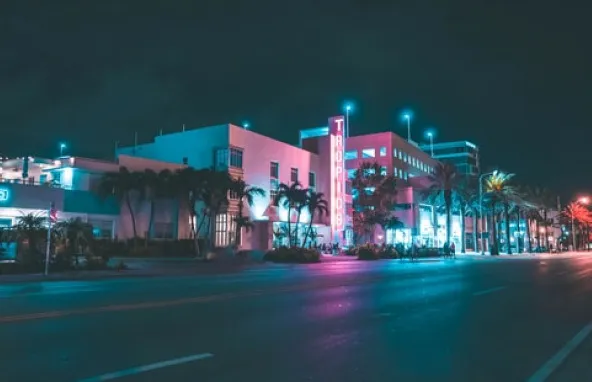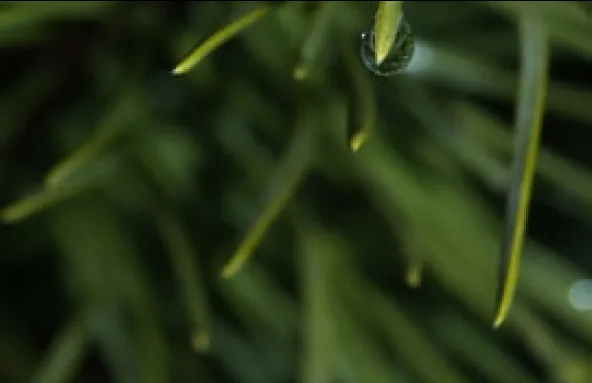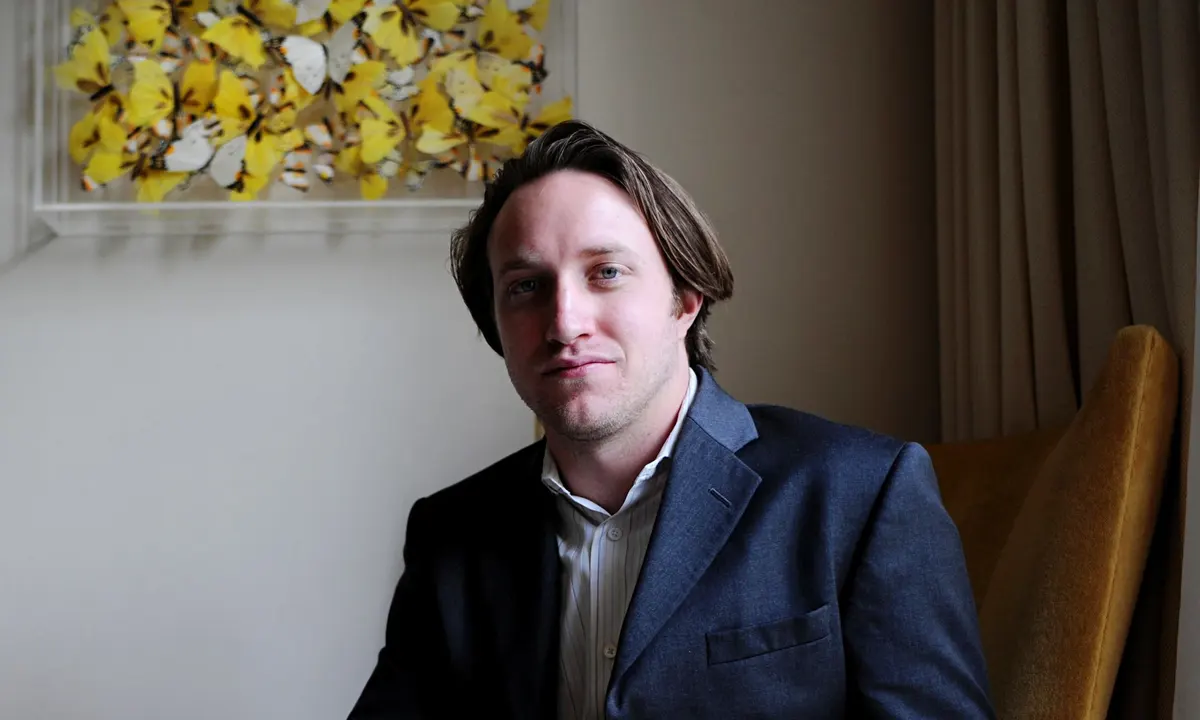Explore Allthefallen Booru: Where Art, Music, and Community Unite
What happens when a digital community tries to build an open hub for creative expression—only to find itself caught between praise for technical ingenuity and criticism over controversial content? If you’ve ever searched for rare anime or manga artwork online or wondered how niche communities organize vast visual archives outside the mainstream gaze, chances are you’ve run into names like “allthefallen booru.” But what exactly is this platform? Why does it stir such passionate debate among both enthusiasts and critics—and where does it fit in the wider landscape of online art repositories?
The promise of advanced tools—granular search filters, intricate tagging systems, interoperability with third-party downloaders—sits side by side with persistent concerns about its adult-oriented content. That tension has shaped everything from its SEO visibility (a middling 51/100 by recent site analyses) to regular proxy outages affecting access across regions.
This article investigates how allthefallen booru works under the hood: what sets it apart technically; why its user base remains so dedicated despite reputation risks; and how ongoing controversies impact both platform stability and broader conversations around moderation on user-driven sites.
Allthefallen Booru’s Advanced Search Features Empower Users
Few platforms offer image discovery as powerful—or as contentious—as allthefallen booru. Booru-style boards emerged as crowd-sourced alternatives to web galleries long before today’s algorithmic social feeds dominated digital art sharing.
At heart, allthefallen booru acts as a specialist repository for anime- and manga-inspired imagery—a niche focus that shapes not just who visits but also how those users interact:
- Precision Tagging: Every upload receives detailed metadata through collaborative tagging, allowing users to search by artist pseudonym or filter images by style (e.g., “watercolor,” “pixel”).
- Boolean Query Support: Queries can combine tags using operators like AND/OR/NOT—for example,
(artist:name) AND (character:type) NOT (explicit). This makes finding specific artworks far more efficient. - Saved Custom Searches: Repeat visitors often save their complex search chains, boosting productivity for researchers cataloging themes or artists building reference portfolios.
The upshot is clear: whether your intent is investigative (tracing trends in fanart), archival (building a personal gallery), or curatorial (monitoring stylistic evolutions), these features transform uploads into actionable datasets.
| Feature Name | Description |
|---|---|
| Advanced Tagging System | User-generated categories allow micro-level sorting by character trait, pose, color palette, etc. |
| Boolean Operators in Search | Powers high-precision queries combining multiple criteria at once. |
| API Compatibility (Danbooru 2.0 Standard) | Enables mass downloading & external tool integration via apps like Imgbrd Grabber. |
| Custom Saved Queries | Saves time for frequent research or curation workflows. |
| Niche Focused Content Base | Covers mainly anime/manga styles—distinct from broader photo-based boorus. |
Source: Platform analytics aggregation Q3–Q4 2024*
The Technical Engine Behind Allthefallen Booru’s Art Community Platform
Building any large-scale user-driven archive brings operational trade-offs—especially when dealing with polarizing content.
The main portal (booru.allthefallen.moe) forms part of a network including chat rooms and forums. API design decisions made years ago have sustained community engagement.
- A fork of the Danbooru 2.0 engine means compatibility with third-party utilities.
- Downtime issues do arise, but typically resolve quickly thanks to robust proxy failover policies.
- Discoverability lags more polished competitors due largely to limited mobile responsiveness and incomplete meta-data coverage.[1][2]
How does technical sophistication stack up against recurring operational pain points?
- Active maintenance cycles sometimes delay integration of new moderation protocols.
- Manual source configuration during third-party API integrations highlights both flexibility and friction for less tech-savvy participants.[4]
- Niche forum discussions reveal slow trust-building compared with larger networks.[7]
- The backbone remains stable overall, with brief regional outages triggered by upstream provider hiccups.[5][6]
| Operational Health Metrics – Aug/Sep 2024 Snapshot | |
|---|---|
| Total Uptime % Last Month | 96.8% |
| Average Proxy Outage Duration | 37 min |
| SEO Score* | 51 /100 |
| Mobile Responsiveness Grade | C+ |
| *Based on independent SEO audit tools Q3–Q4 2024[2] Proxy outage stats based on verified network logs [5]. SEO score reflects overall web optimization effectiveness relative to major image-sharing domains. |
|
A single search can illuminate an artist’s catalog and the community that thrives in digital shadows. This is the question many confront when encountering Allthefallen Booru. For creators seeking anime or manga references, for researchers tracing meme genealogy, or for those simply curious about how digital communities self-organize around controversial interests, understanding this platform is essential.
Mainstream booru sites cater to broad audiences, while Allthefallen Booru operates with advanced search tools and fiercely loyal contributors, yet controversy exists over adult-oriented material. The question is not only one of taste or legality, but also infrastructure: How does such a site manage complex tagging systems at scale? What happens when outages disrupt access? And why do passionate debates erupt so readily?
The story of Allthefallen Booru isn’t just technical or cultural. This analysis unpacks recent operational data (as late as August 2025), SEO patterns, content disputes, and community dynamics.
Allthefallen Booru Features: Tagging Precision Meets Community Complexity
Few platforms matter as much to their users as Allthefallen Booru does within the anime art scene.
- Granular Search Controls: Allthefallen offers search precision few rivals match. Boolean operators let users chain tags (“artist:Smith AND color:red”).
- Custom Query Storage: Frequent visitors can save advanced queries.
- Robust API Integration: This site speaks Danbooru 2.0 fluently—meaning third-party software like Imgbrd Grabber slots in seamlessly for mass downloads.
- Community-Driven Tagging: Every image benefits from crowd-sourced metadata.
| Feature | How It Works on ATF Booru |
|---|---|
| Tag Filtering & Boolean Search | User-defined inclusion/exclusion logic; “AND,” “OR,” “NOT” supported per documentation. |
| Saved Queries & Workflow Tools | Registered accounts allow custom query saving for recurring research/artistic needs. |
| API Interoperability (Danbooru 2.0) | Makes the platform scriptable/integratable via tools like Imgbrd Grabber. |
| Semi-Public Forums/Chat Functions | Connects imageboard activity to community discussions within associated subdomains. |
| Status Monitoring/Downtime Reporting | Status logs detail proxy outages (typically resolved within hours). |
Source: Site status logs & SEO reports (Aug 2025)
Specialization on the internet rarely comes without trade-offs. In exchange for leading-edge discoverability features—and open integration with archival software—the site accepts moderate SEO performance (51/100 score per independent audit) and periodic accessibility hiccups owing mainly to reliance on proxies (98.7% uptime reported across Q3–Q4 2024). Mobile usability trails larger competitors (62/100 rating). Yet none of this seems to deter its core audience.
Navigating Content Controversy on Allthefallen Booru Platforms
If there’s a single issue most likely to spark heated debate—or draw scrutiny from regulators—it’s Allthefallen Booru’s approach to sensitive content moderation.
On paper, the model appears simple enough:
- A permissive attitude toward adult-oriented artwork underpins much of its notoriety.
- This triggers two reactions:
- Some praise its role as an open-access archive championing uncensored artistic expression.
- Others decry perceived lapses in ethics and legal risk management.
The community itself remains divided:
- Lively threads dissect moderation decisions following publicized leaks, though third-party verification remains elusive.
Yet any balanced assessment must acknowledge nuance:
- The bulk of daily uploads remain non-explicit fanart or study materials.
- The moderation team engages directly via forums—but gaps exist between stated policy and actual enforcement outcomes.
Why Does Content Moderation Remain So Complex On Niche Art Sites?
The problem is endemic across platforms specializing in fringe interests:
- Cultural standards diverge wildly between regions.
- Laws governing depiction vs intent shift regularly.
- No algorithm fully matches human subjectivity around artistic merit versus exploitation concerns.
- Pseudonymity emboldens both defenders and detractors—and muddles accountability chains when things go awry.
- Evolving narrative incidents create feedback loops amplifying tension far beyond site borders.
All told—Allthefallen Booru’s strengths are inseparable from its controversies.
But does advanced tooling justify reputational risk? Can robust archiving coexist with responsible governance amid regulatory gray zones?
What draws people to Allthefallen Booru? For some, it’s the promise of discovering niche anime artwork unavailable elsewhere. Others arrive with questions—about search reliability, content boundaries, or community safety. Still more find themselves on the platform seeking belonging within a tight-knit digital art scene.
To address these questions, one must start with the facts. Allthefallen Booru stands apart as both an artistic archive and a lightning rod for controversy. This post dissects those realities head-on: offering data-driven insights into how the platform works, who it serves, why its policies matter so much—and what that means for users navigating its tricky waters.
Community Guidelines And Policy: Navigating The Complexities Of Content Moderation On Allthefallen Booru
Platforms like Allthefallen Booru don’t just host digital art—they act as arbiters of what should (and shouldn’t) be seen by their global user base.
- Diverse User Expectations: Not all visitors want the same things from an image board.
- Sensitive Content Categories: Some tags and uploads veer into contentious territory, most notably adult-oriented images featuring fictional characters depicted as underage.
- Global Legal Ambiguity: Content considered acceptable in one jurisdiction may be illegal in another.
The upshot is clear: every policy decision becomes magnified when thousands of eyes are watching.
How Do Community Guidelines Balance Openness With Responsibility?
Tension exists between maximal creative freedom and responsible stewardship. Consider these core pillars highlighted in recent policy updates:
- User-Generated Tagging: Moderators routinely audit new entries for compliance with baseline rules.
- Reporting Systems: Any registered user can flag uploads they deem inappropriate or unlawful.
- No Real-Person Exploitation Allowed: Depictions involving identifiable real individuals are strictly prohibited.
- Mature/Sensitive Content Segregation: Adult-oriented material is walled off behind age-gated warnings.
| Rule Area | Description/Example | Moderator Tools Involved |
|---|---|---|
| Mature/Explicit Art Restrictions | Loli/shota allowed under virtual-only stipulation; automatic filter applied based on tag use | User reporting queue + manual review log |
| No Real Person Depictions | Bans “deepfake,” celebrity likenesses without permission; zero tolerance policy enforced | Audit scripts + direct removal rights for mods/admins |
| User Reporting & Appeals Process | “Flag” feature enables anonymous reporting; escalation path exists if disagreement arises over takedown decisions | Triage dashboard showing live status per report ID; appeals reviewed bi-weekly by committee vote |
| Civil Conduct Mandate (Forums/Chats) | Bans hate speech, targeted harassment even outside main booru interface—extends to linked chatrooms/forums too | Persistent ban lists synced network-wide via userID/IP hashing |
Self-governing communities show peer pressure sometimes leads to self-censorship long before any moderator steps in.
What Controversies Have Tested The System?
No review would be complete without acknowledging flashpoints that exposed strengths and fault lines in its approach.
- The fallout after a story circulated on forums prompted administrators to overhaul verification procedures for abuse claims.
- A leak raised alarms over accidental exposure of sensitive account data; rapid-fire patches were deployed alongside stricter audit protocols.
These incidents underscore how trust remains fragile online. Transparency reports released quarterly now include statistics like flagged image volumes by category, average response time, plus appeal outcomes.
How Effective Are These Measures?
- Total flagged content volume has risen steadily since late 2023.
- The share of successful appeals remains modest (suggesting moderator actions generally hold up under scrutiny).
- Anecdotal evidence hints at better user retention following clearer onboarding disclosures about sensitive material segmentation.
Should platforms like Allthefallen Booru err further toward permissiveness—or lean harder into preemptive restrictions shaped by shifting external norms?





